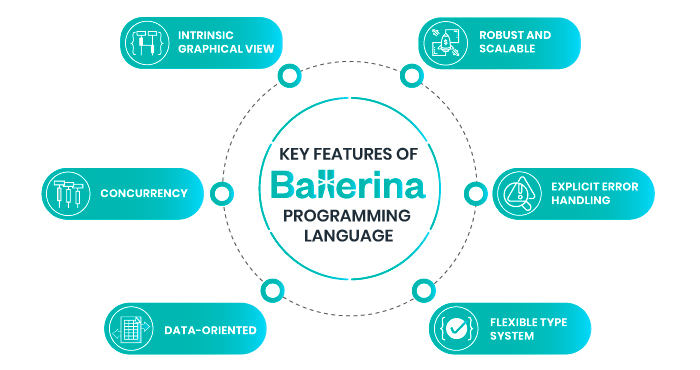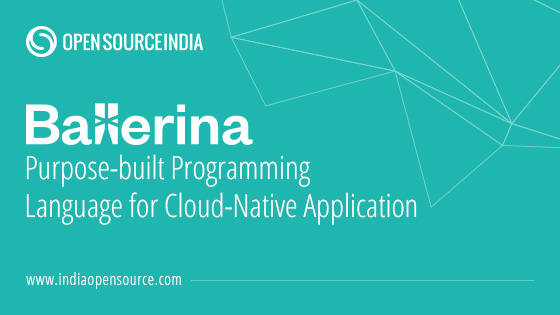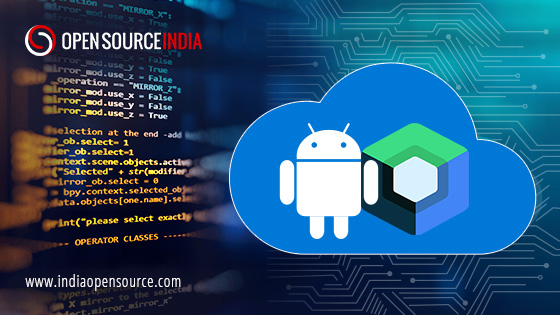Introduction
Increasingly, organizations are moving towards cloud-native applications for modern approaches to achieve the requirements of their organizations. Earlier, the languages that were used to build cloud-native applications were capable to address the requirements but due to the constant scale in requirements, organizations have started modernizing their cloud-native applications for a more robust solution.
The modern cloud-based applications need modern approaches to build an application that achieve the organizational goals. Ballerina programming language is one such language that is intended to build and deploy modern cloud-native applications.
It focuses on APIs and cloud-native services by providing seamless integration between distributed environments. It is a purpose-built programming language for robust and reliable applications to achieve business goals.
Background of Ballerina Programming Language
Ballerina programming language was developed to address the issues with the approach of previous programming languages. It is an open-source language given by WSO2, an open-source integration vendor since 2005.
The idea behind developing Ballerina was to provide a programming language for modern cloud-native applications having a network and data-oriented approach.
The focus behind the programing language was to provide a language that integrated the code and provides the visualization tools. It is a programming language that provides integrity within programming languages and cloud-native computing in both textual and graphical language optimization.
Need of Ballerina Programming Language
Ballerina Programming language is built to provide software developers to built new APIs, new integrations, and new logic for network interactions. It comes with a powerful type system that is network oriented to provide capabilities to developers to work with network calls.
It is also easy to process data operations with Ballerina programming as it provides tools to handle data declare, write, query, process, structure, and restructure. In Ballerina, type compatibility is defined by the type value and not just by the type name. This approach of a nominal type system provides batter type safety and maintenance of overall data.
Key Characteristics of Ballerina Programming Language

Provides Robustness, and Scalability
Ballerina is between scripting language and application language and is better for smaller programs. Unlike other languages to build smaller programs, ballerina also provides scalability and robustness. Along with that, ballerina also has visualization components.
Data-oriented
Ballerina is a data-oriented programming language. This approach is great for cloud-native applications as while sending data to the cloud, the code of the application is not exposed. It is not purely object-oriented language that makes it suitable for cloud-native application development.
Statically Typed Language
Ballerina is a static type language, which means, the typing capability is checked at compile time. It makes it easier for developers to find and fix bugs and improves the robustness of the application.
Built-in Safety for Concurrency
In the Ballerina programming language, the concept of concurrency is achieved via threads and strands. For successful multitasking, no strand of the same thread runs simultaneously. This prevents complex programming models while ensuring concurrency. This concept of concurrency is vital for a successful cloud-native application as it requires low latency while transmission.
Intrinsic Graphical View
Ballerina supports intrinsic Graphical View to display concurrency and network interaction and developers can switch between textual and graphical views seamlessly. It provides developers with a better understanding of the function’s network interactions and its use of concurrency.
Conclusion
Ballerina programming language is purpose-built for cloud-native applications as the concept of the programming language synchronizes with the goals of modern applications. The programming language has features for seamless development and deployment and eliminates the limitations of the traditional programming languages for cloud-based applications.












